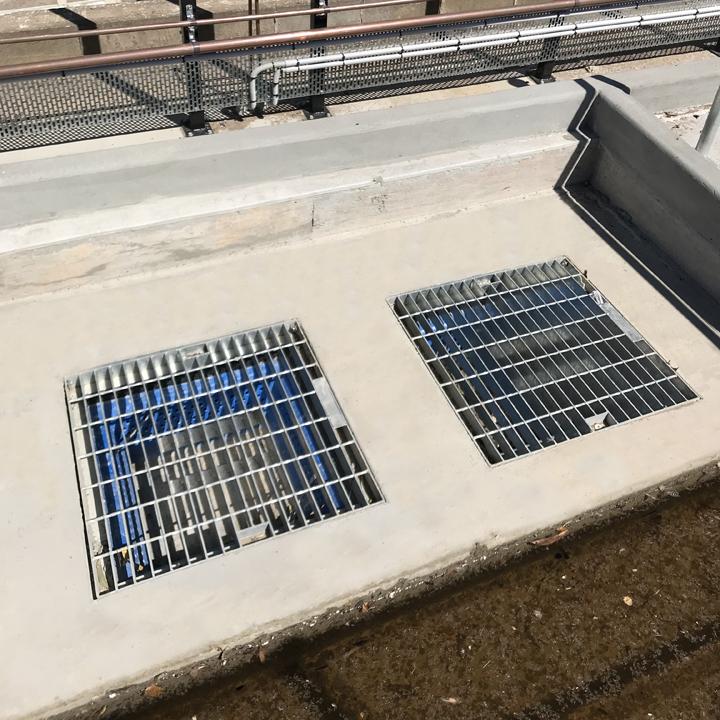What to Do When Your Wash Bay Equipment Freezes in Winter

Winter can be brutal on wash bay operations, and frozen equipment is one of the most frustrating challenges owners face. When temperatures plummet, water lines, pumps, and hoses can freeze solid, bringing your business to a complete standstill. Here's your comprehensive action plan to handle frozen equipment and prevent costly damage.
Immediate Emergency Response
When you discover frozen equipment, don't panic and never use direct flame or extreme heat to thaw frozen components. This common mistake can crack pipes, damage seals, and even cause fires. Instead, start by shutting off the main water supply to prevent pipe bursts once thawing begins.
For frozen hoses and surface lines, use warm (not boiling) water poured slowly over the affected areas. A heat gun set to low or medium temperature works effectively for gradual thawing. Keep the gun moving constantly to distribute heat evenly. Space heaters positioned safely near frozen equipment can also help, but maintain proper distance to avoid melting plastic components or creating fire hazards.
Thawing Different Equipment Types
Pumps require special attention because ice expansion can crack housings. If your pump is frozen, remove it from service immediately. Bring portable pumps indoors to thaw naturally at room temperature. For stationary pumps, apply heat lamps from multiple angles, allowing several hours for complete thawing. Never attempt to run a frozen pump—the motor can burn out within seconds.
Pressure washers should be thawed slowly starting from the pump end. Once thawed, run antifreeze solution through the entire system before attempting water use. Check all seals and connections afterward, as freezing often compromises these components.
Water lines embedded in walls or underground need professional attention if frozen. However, exposed pipes can be thawed using heat tape or pipe heating cables wrapped around the affected sections. Always thaw from the faucet backward toward the frozen section, allowing trapped steam to escape.
Preventing Future Freeze-Ups
Prevention is infinitely easier than dealing with frozen equipment. Install heat trace cables on all exposed water lines and wrap them with insulation. These cables cost between $10-30 per foot but can save thousands in equipment replacement and lost revenue.
Implement a blow-out procedure every night when temperatures drop below freezing. Use compressed air to clear all water from lines, pumps, and hoses. This takes only 10-15 minutes but provides complete protection. Additionally, add RV antifreeze (propylene glycol-based, never automotive antifreeze) to pumps and pressure washers when shutting down.
Keep water moving during operating hours. Running water freezes much more slowly than standing water. Set pumps to recirculate continuously, even during slow periods. For overnight protection, leave a small stream of water trickling through the system if heating is unavailable.
Long-Term Solutions
Consider upgrading to a heated wash bay if you operate in consistently cold climates. Insulated bays with proper heating systems eliminate most freezing issues. Alternatively, install a hot water system, as hot water lines freeze more slowly and thaw faster than cold water systems.
Keep emergency supplies on hand: heat guns, pipe heating cables, antifreeze, and thermal blankets. When equipment does freeze, having these items ready means minutes of downtime instead of hours.
Remember, frozen equipment isn't just an inconvenience—it's expensive. A burst pipe or cracked pump can cost thousands in repairs and lost business. Taking preventive measures now protects your investment and keeps revenue flowing through the coldest months.







